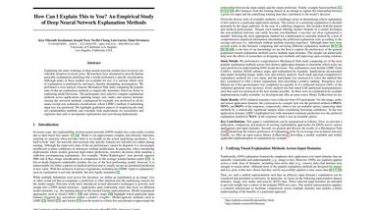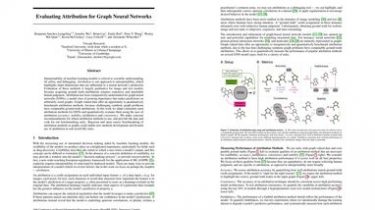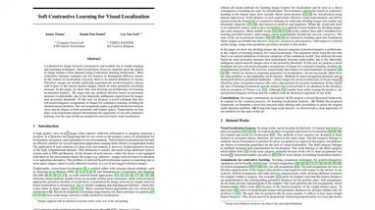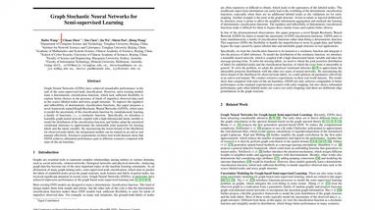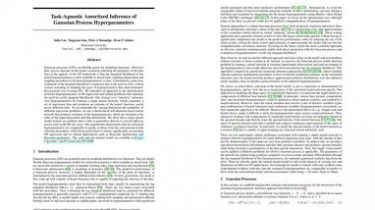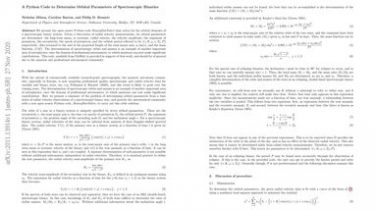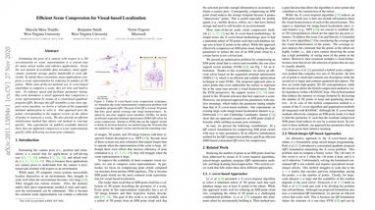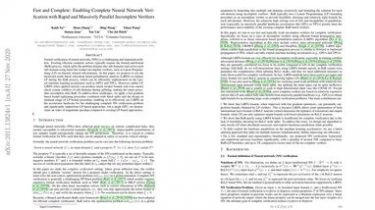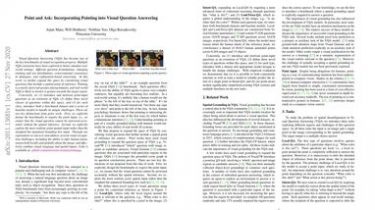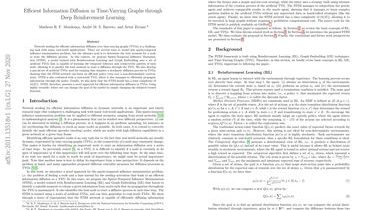How Can I Explain This to You? An Empirical Study of Deep Neural Network Explanation Methods
Explaining the inner workings of deep neural network models have received considerable attention in recent years. Researchers have attempted to provide human parseable explanations justifying why a model performed a specific classification… Although many of these toolkits are available for use, it is unclear which style of explanation is preferred by end-users, thereby demanding investigation. We performed a cross-analysis Amazon Mechanical Turk study comparing the popular state-of-the-art explanation methods to empirically determine which are better in explaining model decisions. The […]
Read more